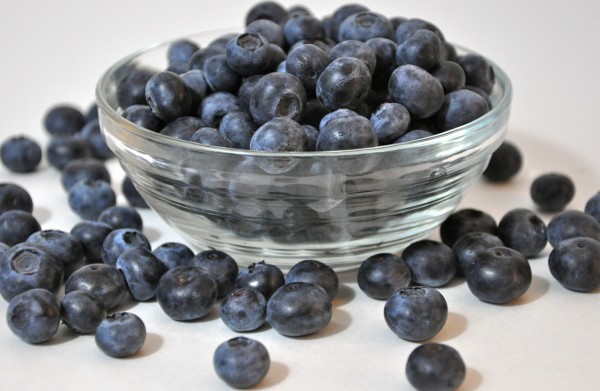10 easy tricks that can save you time and money
Your freezer is your best friend in the kitchen. Even a small one can be a great time- and money-saver, whether you load it with leftovers and homemade casseroles or use it to stash budget-stretching store specials. Skeptical? Well, we’ve all experienced thawed-out food that turned out to be a mushy and tasteless mess. Solidly frozen food won’t go bad, but it can lose flavor and texture. Reheated casseroles can get watery, thawed fresh fruit can turn mushy, baked goods can become dry and stale, and meat can develop yucky gray patches – a sign of freezer burn, which makes meat dry and leathery. But there are things you can do to avoid those problems and guarantee delicious results.
1. Choose the right foods.
For the best results, freeze recipes with freezer-friendly ingredients, such as blueberries, peaches, cooked tomato sauce, mashed sweet potatoes, green beans, corn, beans and lentils, and sturdy greens like spinach, collards, and kale. All of those should come out of the freezer looking and tasting pretty much as they did when they went in.
2. Know what not to freeze.
Stay clear of anything with mayonnaise, yogurt, or cream sauce, which can separate and curdle. And forget about potatoes, mushrooms, fresh tomatoes, cooked rice, and salad greens, which don’t hold their quality. Garlic intensifies, but fresh herbs can lose their punch in recipes; some dishes might need an extra hit during reheating. And don’t freeze whole strawberries and raspberries, which can turn mushy; puree them first.
3. Keep it tasty.
The faster food freezes, the smaller the ice crystals that form on it. Small crystals mean better texture and less flavor loss when the food is defrosted. So cool hot foods before freezing; that can prevent bigger crystals when the food is thawed, which can cause watery sauces and casseroles and cause meat to drip and lose its juiciness.
4. Plan for quick meals.
Freeze in smaller portions for easy-to-thaw weeknight dinners. They’ll cook quicker, too. And don’t’ stack. To speed freezing time, spread out items in one layer and leave a little space between newly added foods to allow air to circulate. Once the food is frozen, stack and pack the containers tightly. Use the freezer’s quick-freeze shelf, if it has one. Or lower the temperature manually until the item is frozen, then return the setting to 0°F or below.
5. Check the freezer’s temperature.
Use a freezer thermometer to keep the freezer at 0°F – or even minus 10°F –which ensures that food stays safe and helps retain its vitamins, color, flavor, and texture.

6. Wrap it right.
To keep out air (which causes freezer burn), moisture, and other spoilers, do one of the following:
• Double-wrap It First in plastic freezer wrap, then in heavy-duty foil. To ensure airtightness, seal the seam with freezer tape.
• Bag It Use resealable freezer-weight plastic bags and squeeze out as much air as possible before sealing. For added protection against freezer burn, double- bag food before storing.
• Contain It Use rectangular, freezer-safe, plastic containers instead of round ones, which are not as space efficient. Keep in mind that containers require a bit of room between their lids and the food to allow for expansion. But that also invites ice to form, so bags or wraps are best.
7. Label it.
Use a permanent marker and labels made to stick in the freezer – not masking tape – to note the date and contents of the items you’re freezing.
8. Pack it in.
Keep your freezer at least 75 percent full. Freezers that are full are more efficient than half-filled ones. To max out your freezer’s capacity, add rubber-covered wire racks. Freeze sauces and other liquid dishes flat in freezer bags, then stack them on the racks.
9. Use it up.
Even though freezing keeps food safe indefinitely, if possible, use what you freeze within weeks. If some items are left frozen too long, they might not look picture-perfect or be tasty.
10. Thaw safely.
To reduce your risk of foodborne illness, thaw food in the refrigerator at 40 or below, in cold running water, or in the microwave on the defrost setting if you’ll be cooking or serving it right away. Don’t thaw anything except baked goods on a countertop!

